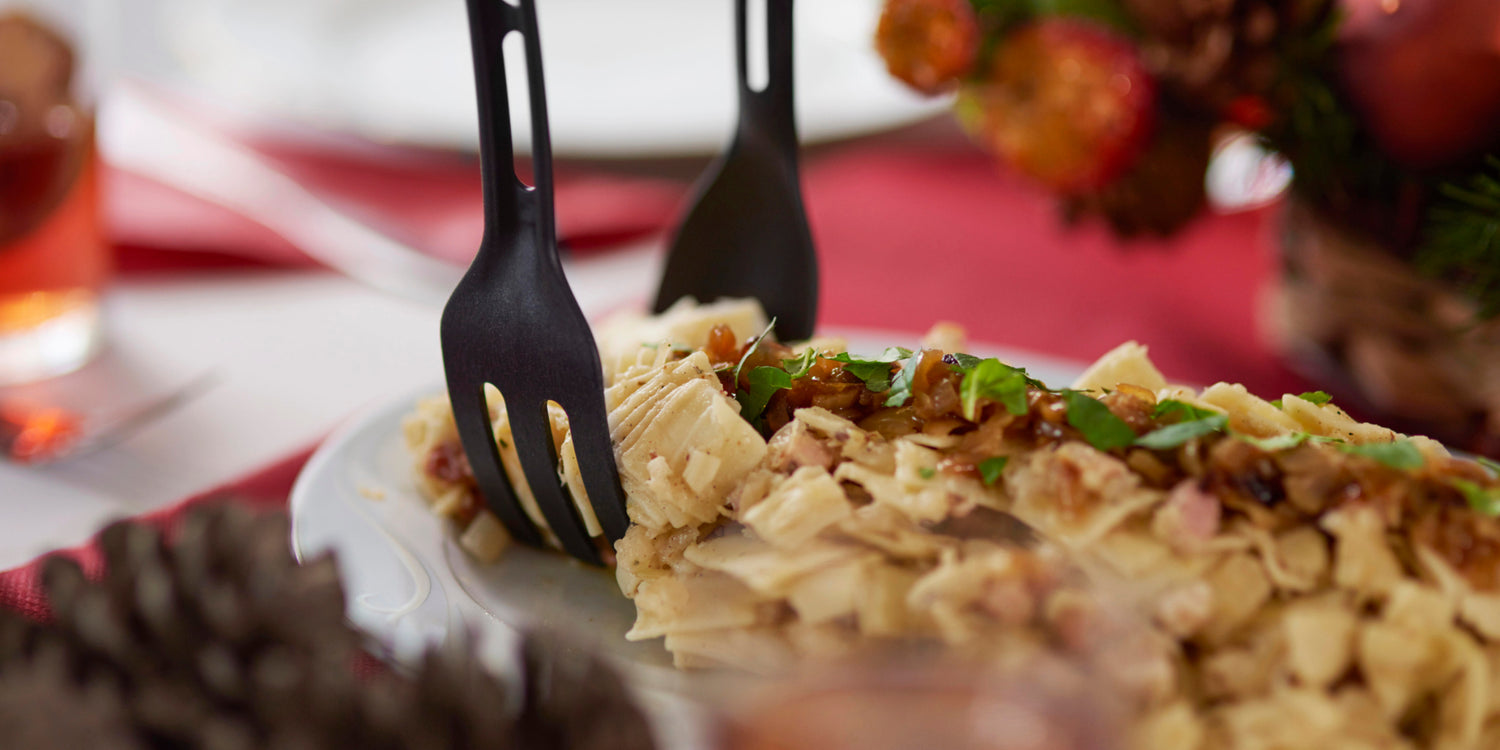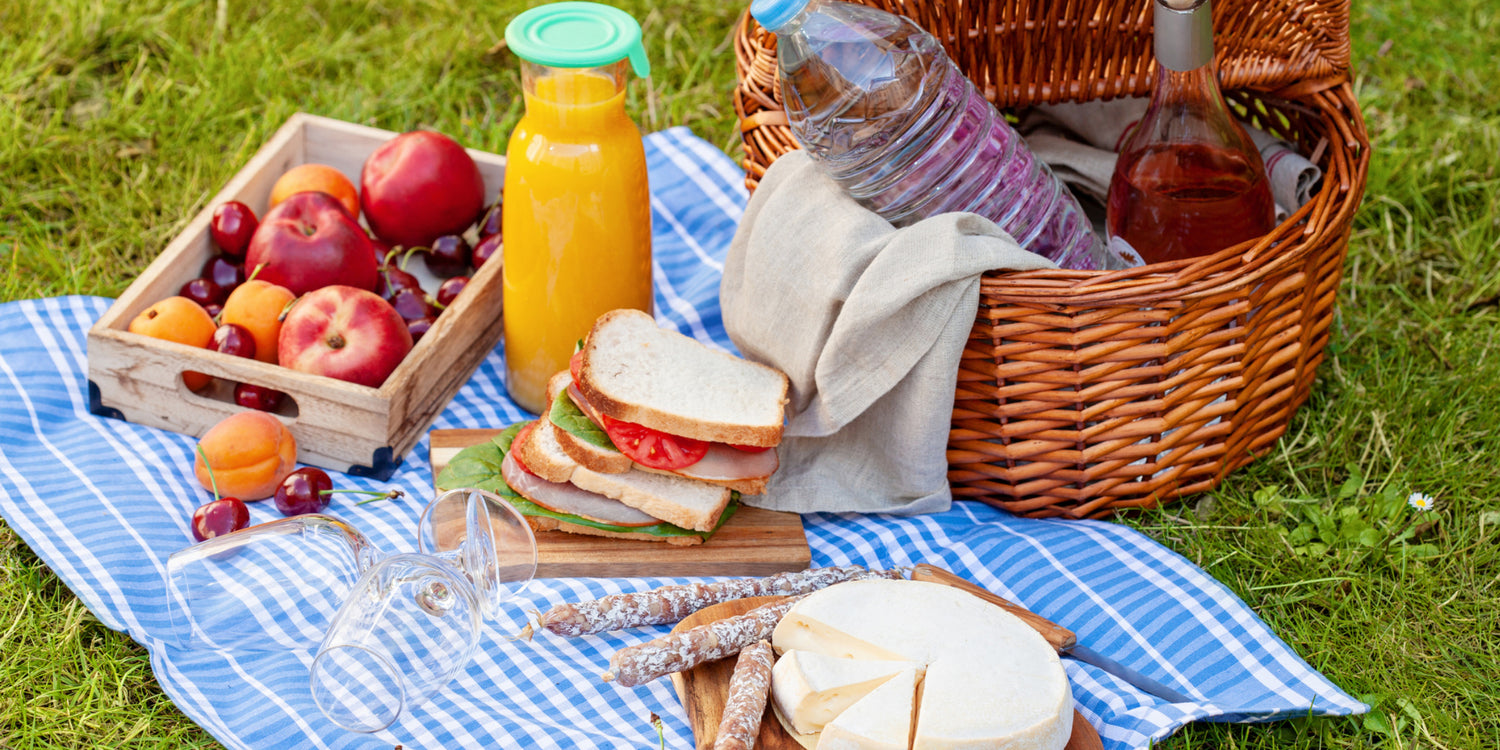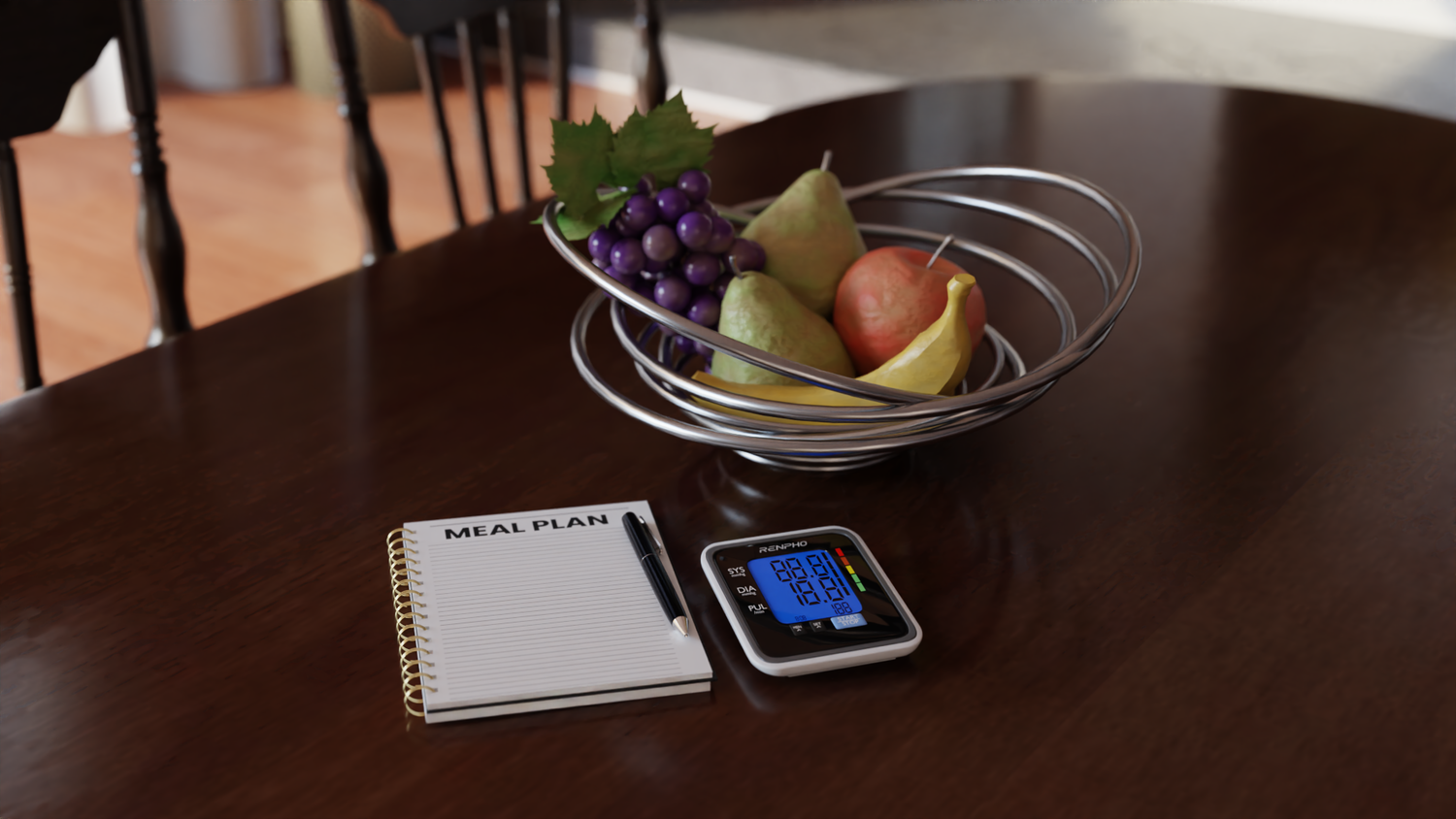Nourishing Bonds: Wholesome Meal Plans for Thriving Kids and Happy Pets

Stay tuned to our latest news
In the dynamic environment of a growing family, the task of providing nutritious meals that cater to the diverse needs of both children and pets can often seem overwhelming. With the whirlwind of daily activities, it’s easy to resort to quick fixes like processed foods or commercial pet meals, which may not always offer the best nutritional value. However, the cornerstone of a thriving family is the health and happiness of its members, and this includes the non-human companions that bring joy and companionship into our lives.
Creating a meal plan that supports the growth and vitality of children and pets is more than just a routine—it’s an investment in their future well-being. Children, with their boundless energy and developmental needs, require a diet that’s rich in a variety of nutrients. Proteins for muscle development, carbohydrates for energy, fats for brain health, vitamins and minerals for immune support—the list goes on. Similarly, pets, though their dietary requirements differ, also need balanced nutrition for their energy levels, coat health, and overall vitality. Here’s a guide to creating healthy meal plans that cater to the needs of kids and pets, fostering growth, energy, and well-being.
For the Little Ones: Kids’ Nutrition

When it comes to nurturing the growth and development of children, nutrition plays a pivotal role. A diet that is rich in essential nutrients not only supports their physical growth but also aids in cognitive development and overall well-being. Here’s an expanded look at meal ideas that are both nutritious and appealing to kids:
Breakfast Boost
- Smoothie Bowl Symphony: Begin the morning with a vibrant smoothie bowl that’s as delightful to look at as it is to eat. Blend a mix of berries, bananas, and spinach with a base of Greek yogurt or almond milk for a creamy texture. Top it with an assortment of nuts like almonds or walnuts, seeds such as chia or flaxseed, and a variety of fresh fruits to create a mosaic of nutrients. This meal is a playful way to introduce a wide range of vitamins, minerals, and essential fatty acids, which are crucial for a child’s development.
Lunchbox Favorites
- Wrap It Up with Whole Grains: Whole grain wraps are a fantastic vessel for a variety of fillings that can cater to any child’s preference. Opt for lean proteins such as grilled chicken or turkey slices, which provide the necessary building blocks for growing muscles. Add in layers of dark leafy greens like spinach or romaine lettuce for iron and fiber, juicy tomatoes for lycopene, and a slice of cheese for calcium. These wraps are not only balanced but also convenient for on-the-go eating.
Power Snacks
- Crunchy Companions: For an afternoon pick-me-up, pair nut butter—rich in protein and healthy fats—with crisp apple slices or crunchy carrot sticks. This combination offers a satisfying texture and a burst of energy. Almond, peanut, or cashew butter can be a source of vitamin E and magnesium, while the fruits and vegetables contribute to the daily intake of vitamins A and C, as well as fiber.
Dinner Delights
- Omega-3 Feast: Conclude the day with a dinner that’s both hearty and healthful. Baked salmon is an excellent source of omega-3 fatty acids, which are essential for brain development and function. Accompany the salmon with a side of fluffy quinoa, a complete protein packed with all nine essential amino acids, and a medley of steamed vegetables like broccoli, carrots, and bell peppers for a spectrum of vitamins and antioxidants. This meal not only satisfies the palate but also provides the nutrients needed for a child’s growing brain and body.
For the Furry Friends: Pet Nutrition

Ensuring the well-being of our furry friends involves more than just love and affection; it requires attention to their dietary needs, which are markedly different from our own. A balanced diet for pets is crucial for their health, longevity, and happiness. Here’s a more detailed guide on how to nourish your pets properly:
Canine Cuisine
- Diverse Diet for Dogs: Dogs benefit from a varied diet that includes high-quality dry kibble, which provides a concentrated source of nutrients. Introducing wet food occasionally can add hydration and variety to their meals. Look for foods that list real meat as the first ingredient and that are appropriate for your dog’s age, size, and activity level.
- Vegetable Additions: Just like humans, dogs need fiber in their diet. Adding cooked vegetables such as carrots, green beans, or pumpkin to their meals can aid digestion and provide essential vitamins and minerals. Always ensure the vegetables are cooked without any added salt, spices, or oils.
- Protein Power: Dogs are primarily carnivorous and require good quality protein for muscle maintenance and energy. Incorporate lean meats like chicken, turkey, or beef that are cooked and free from bones and fatty trimmings.
Feline Feast
- Protein-Rich Diet for Cats: Cats are obligate carnivores, meaning their diet must be predominantly made up of meat. High-protein dry food can help maintain their energy levels, while wet food can support hydration and urinary health. Ensure that the cat food you choose is specifically formulated for cats, as they have unique nutritional requirements.
- Hydration is Key: Cats often do not drink enough water, so it’s important to encourage them to stay hydrated. In addition to always having fresh water available, feeding wet food or adding a little water to dry food can help increase their fluid intake.
Treats and Training
- Healthy Rewards: Treats are an excellent tool for training and bonding with your pets. Opt for healthy options like small pieces of cooked lean meats, specially formulated pet treats, or even some fruits and vegetables that are safe for pets, such as sliced apples (without seeds), blueberries, or carrots.
- Caution with Human Food: Many foods that are safe for humans can be dangerous for pets. Foods like chocolate, grapes, onions, and xylitol (a sweetener found in many sugar-free products) can be toxic to animals. Always check if a food is safe before sharing it with your pet.
Shared Meals: Bringing Families Together
@nicolesnutrition Meal prep hack: Get yourself a @RENPHO Calibra 1 Smart Scale Code: NICOLESNUTRITION to save $ 💙 link in bio #renphohealthhero #renphoscale #macrotracking #foodscale #mealprep ♬ original sound - Nicole, Integrative Dietitian
The concept of shared meals is a beautiful tradition that strengthens the bond within a family, including the four-legged members. While it’s true that most human foods are not suitable for pets due to their unique dietary needs, there are indeed wholesome foods that both children and pets can enjoy safely. The RENPHO Calibra 1 Smart Nutrition Scale is a cutting-edge kitchen gadget designed to revolutionize the way families approach meal preparation. With the ability to break down food into 23 nutrition facts, this smart scale is an invaluable tool for those who are mindful of their dietary intake. It’s particularly beneficial for growing families striving to balance the nutritional needs of both children and pets.
For parents, this means being able to prepare meals that are rich in essential nutrients for their kids’ development. For pets, it ensures that their meals are balanced and appropriate for their specific dietary requirements. The scale’s detailed nutritional analytics can guide families in making informed decisions about the food they consume, leading to healthier eating habits and overall well-being. Here’s an expanded look at how shared meals can bring families together, along with some safe options:
Cooked Eggs: A Universal Favorite
- Eggs-ellent Nutrition: Eggs are a universally beloved food that can be prepared in various ways. They are an excellent source of high-quality protein and contain essential amino acids that are vital for the growth and repair of tissues in both humans and pets.
- Safe Preparation: To ensure safety, eggs should always be fully cooked to avoid the risk of salmonella or other bacterial infections. Scrambled eggs or hard-boiled eggs are easy to prepare and can be a fun, shared meal component for kids and pets alike.
Pumpkin: The Digestive Aid
- Fiber-Filled Delight: Pumpkin is not only a festive treat but also a fantastic source of dietary fiber, which is beneficial for digestion in both kids and pets. It can help regulate bowel movements and is often recommended by veterinarians for pets with digestive issues.
- Simple and Sweet: When serving pumpkin, make sure it’s cooked and unsweetened. Avoid canned pumpkin pie filling, which contains added sugars and spices. Pureed pumpkin can be mixed into pet food or served as a side dish for children.
Lean Meats: Protein Powerhouse
- Lean and Clean: Lean meats such as chicken or turkey are packed with protein and are essential for maintaining healthy muscles and energy levels. For pets, they provide the necessary animal-based protein required for their carnivorous diet.
- Preparation is Key: When preparing lean meats, cook them thoroughly without any added spices, sauces, or seasonings, which can be harmful to pets. Plain boiled or baked chicken or turkey can be chopped into small pieces and added to both your child’s plate and your pet’s bowl.
The Joy of Eating Together
- Creating Memories: Sharing meals isn’t just about nutrition; it’s about creating memories and teaching lessons of sharing and compassion. It’s a time when the entire family, pets included, can come together and enjoy the simple pleasure of eating.
- Teachable Moments: Use these shared meal opportunities to educate children about the importance of nutrition and the special dietary needs of their pets. It’s a chance to discuss why certain foods are beneficial and why others should be avoided.
Renpho Health Tips
-

Right-Sizing Your Meals: A Beginner's Guide to Serving Sizes
May 6, 2024
Read more >
-

Healthy Picnic Ideas: Savoring Wholesome Delights Amidst the Greenery
March 10, 2024
Read more >
-

How to Cook Hygge-Inspired Meals for a Cozy and Nourishing Winter
February 21, 2024
Read more >
-

5 Tips for an Effective Meal Plan for Lowering High Blood Pressure
November 28, 2023
Read more >
-

How Food Scales Take Meal Prep to the Next Level
June 18, 20234
Read more >





